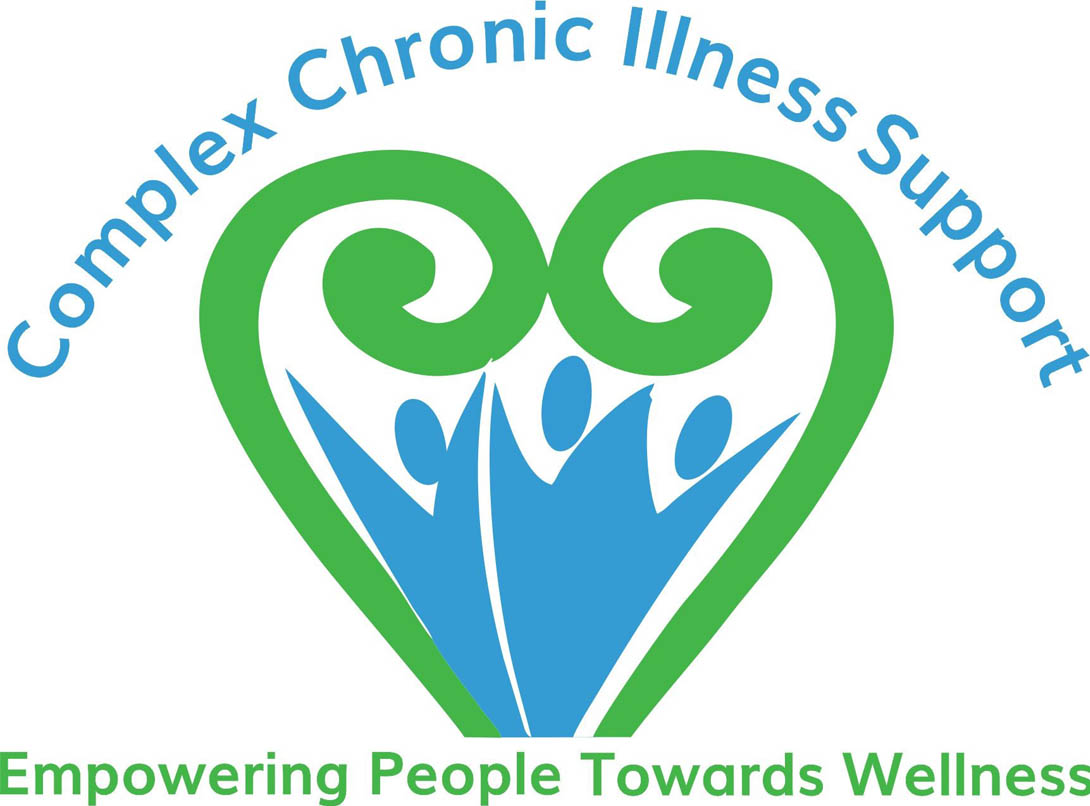The original article can be found here: https://www.npr.org/sections/health-shots/2024/01/09/1223077307/long-covid-exercise-post-exertional-malaise-mitochondria
Please note only snippets of the article are included below. Please follow the link to read the full article.
These symptoms of exhaustion, or post-exertional malaise as it’s called, are a hallmark of long COVID and similar complex illnesses like chronic fatigue syndrome or ME/CFS.
By taking biopsies from long COVID patients before and after exercising, scientists in the Netherlands constructed a startling picture of widespread abnormalities in muscle tissue that may explain this severe reaction to physical activity.
Among the most striking findings were clear signs that the cellular power plants, the mitochondria, are compromised and the tissue starved for energy.
The tissue samples from long COVID patients also revealed severe muscle damage, a disturbed immune response, and a buildup of microclots.
As seen in other long COVID studies, the problem wasn’t related to how their lungs or heart were functioning. Instead, something was making it hard for the muscle to take up the oxygen in the blood.
Using a technique called respirometry, the Dutch researchers oversupplied oxygen to the muscle tissue and found evidence the mitochondria weren’t functioning properly
Experts warn that exercise can “harm” and other approaches are needed
Putrino at Mount Sinai considers the study a much-needed wake-up call for the broader medical field — clear evidence of a biological basis for the energy crash and onslaught of symptoms that patients with long COVID and similar conditions experience.
“As opposed to what’s been sold to patients over the last few decades, that symptoms such as extreme fatigue and exertional malaise are psychological or physical conditioning issues,” he says. “Physical exertion does harm to the bodies of people with these illnesses.“
His general guidance is to avoid exercise if you have post-exertional malaise and instead practice “energy conservation.”
Further information can be found here: https://www.nature.com/articles/s41467-023-44432-3
